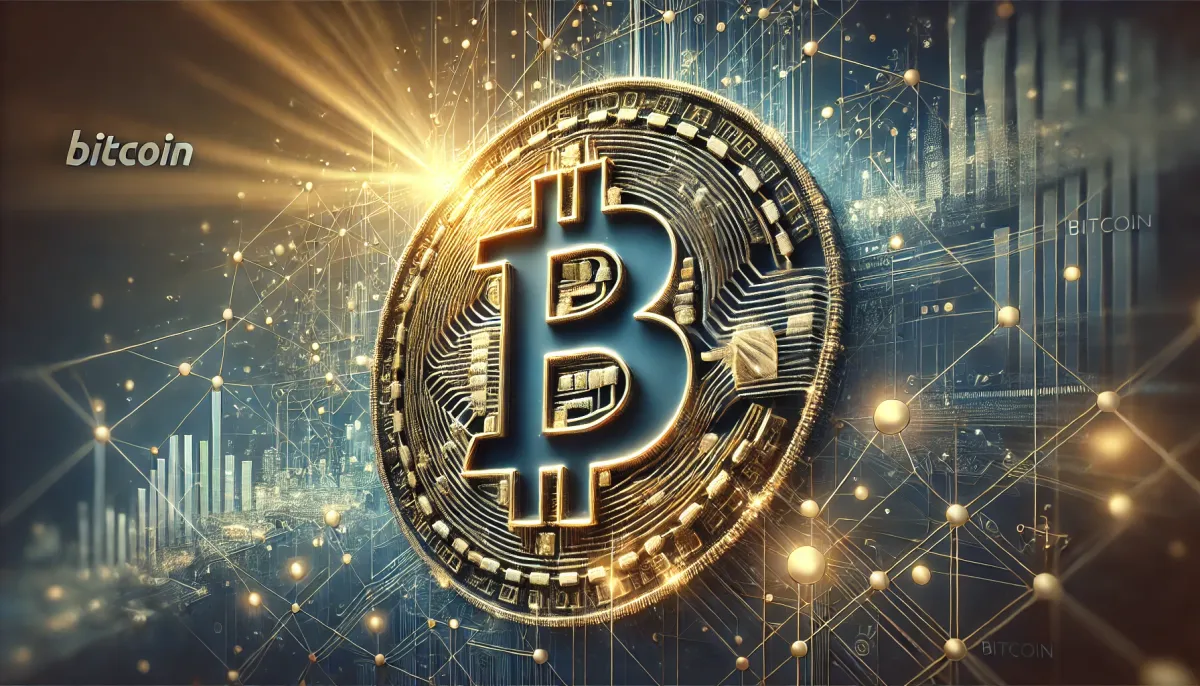Market Insights: Bitcoin Miners’ Profits, Growth, and Challenges
The November 7, 2024 episode of Sebastian's daily mining update covers the recent surge in Bitcoin’s price and its effect on Bitcoin miners, particularly BitDeer, Core Scientific, Hut 8, and IREN.

- My 'short take' notes summarize the content of podcast episodes; they do not necessarily reflect my own views.
- They contain (1) a summary of podcast content and (2) some speculative views on wider implications.
- Pay attention to broadcast dates (I often summarize older episodes)
- Some episodes I summarize may be sponsored: don't trust, verify, if the information you are looking for is to be used for decision-making.
Summary
The November 7, 2024 episode of Sebastian's daily mining update sheds light on how Bitcoin miners capitalize on recent price gains, exploring profitability, efficiency upgrades, and regulatory uncertainties affecting BitDeer, Core Scientific, Hut 8, and IREN. With key insights into the mining sector’s infrastructure, market dynamics, and investor impact, the discussion reveals both opportunities and risks shaping Bitcoin mining today.
Take-Home Messages
- Record Bitcoin Prices: Bitcoin’s recent peak has enhanced miner profitability, fueling renewed investor interest.
- Hash Rate Expansion: Miners are competing to scale their hash rate, aiming to secure a larger share of the market.
- Political Shifts Influence Miners: U.S. regulatory outcomes could significantly alter the mining landscape.
- Sustainability Pressures: Growing demands for ESG compliance push miners toward eco-friendly operations.
- Diversified Income Sources: Hyperscale computing and hosting services offer alternative revenue paths, stabilizing income amid Bitcoin price volatility.
Overview
In this November 7, 2024 episode, Sebastian discusses the ripple effect of Bitcoin’s latest price surge on mining companies, noting a new all-time high. This price boost translated into substantial stock gains for miners like Cipher and Riot, whose stock values increased by 31% and 26%, respectively. With this, Bitcoin’s market influence becomes clear, signaling heightened profitability for miners but also emphasizing their reliance on Bitcoin’s price stability.
Specific miner updates reveal both growth and challenges. BitDeer’s expanding hash rate and Hut 8’s infrastructure upgrades highlight the sector’s drive toward efficiency and production gains. However, Core Scientific faces ongoing financial strain, with a reported $453 million loss due to production cost challenges and operational difficulties. The podcast connects these corporate performances to the broader political environment, suggesting that regulatory outcomes in the U.S. could further impact the Bitcoin market, introducing both risk and opportunity.
Looking forward, Sebastian points to miners’ increasing investments in sustainable practices and alternative revenue streams, such as HPC contracts. By diversifying beyond traditional mining, companies aim to mitigate financial volatility and position themselves favorably within a rapidly changing regulatory and technological landscape.
Broadcast Highlights
- Bitcoin’s Record High: Bitcoin surged to an all-time high price, driving miner profitability.
- Miner Stock Gains: Cipher and Riot stocks soared, reflecting strong investor confidence.
- BitDeer’s Hash Rate Growth: BitDeer announced 8.7 EH/s, with plans for future increases.
- Core Scientific’s Financial Struggles: Core reported a $453 million loss, signaling operational challenges.
- Hut 8’s Efficiency Drive: Hut 8 aims for a 30% efficiency boost by Q1 2025.
- Network Hash Rate Projection: A year-end network hash rate of 800-900 EH/s is anticipated.
- Regulatory Impact: U.S. elections are noted as potential catalysts for Bitcoin market changes.
- Revenue Variability Among Miners: Bitcoin’s price increase has caused varied revenue impacts.
- Interest in Hyperscale Computing: Miners consider hyperscale computing for revenue stability.
- Prospects of Sector Consolidation: Potential mergers and acquisitions are seen as likely in 2025.
Implications
Policy makers may influence the industry through potential pro-Bitcoin regulations, especially following recent U.S. election results, which could foster a more favorable market environment. Bitcoin miners face intensifying competition as they strive to expand hash rate capacity and maintain profitability under evolving regulatory standards. Investors, meanwhile, may find both opportunities and challenges in the sector’s volatility, as miners balance rising operational costs with the pressure to adopt sustainable practices.
Future Outlook
Sebastian anticipates a complex future for Bitcoin mining, influenced by competitive hash rate expansion, regulatory shifts, and technological advancements. For miners, sustaining current valuations amid stock volatility will demand continued infrastructure investment and energy-efficient operations. Long-term success in this industry may hinge on regulatory support, as well as innovative diversification efforts, positioning miners to navigate the sector’s economic and environmental challenges.
Broader Implications
Bitcoin Mining Profitability and Market Dynamics
The recent surge in Bitcoin prices highlights the mining sector’s heavy reliance on market cycles, which affects miner profitability and stock performance. Sustaining profitability in such a volatile market underscores the need for adaptive business models and risk mitigation strategies.
Regulatory Landscape Shaping Bitcoin’s Future
Potential regulatory shifts, particularly in the U.S., could redefine the operational landscape for Bitcoin miners, offering either support or obstacles. Regulatory clarity is essential for miners to secure investments and plan long-term, environmentally sustainable operations.
Hash Rate Expansion and Network Security
Rapid hash rate growth among miners strengthens network security but also increases competition, leading to higher operational costs and energy demands. This expansion raises the importance of strategic investment in energy-efficient infrastructure to maintain security without escalating costs.



Comments ()